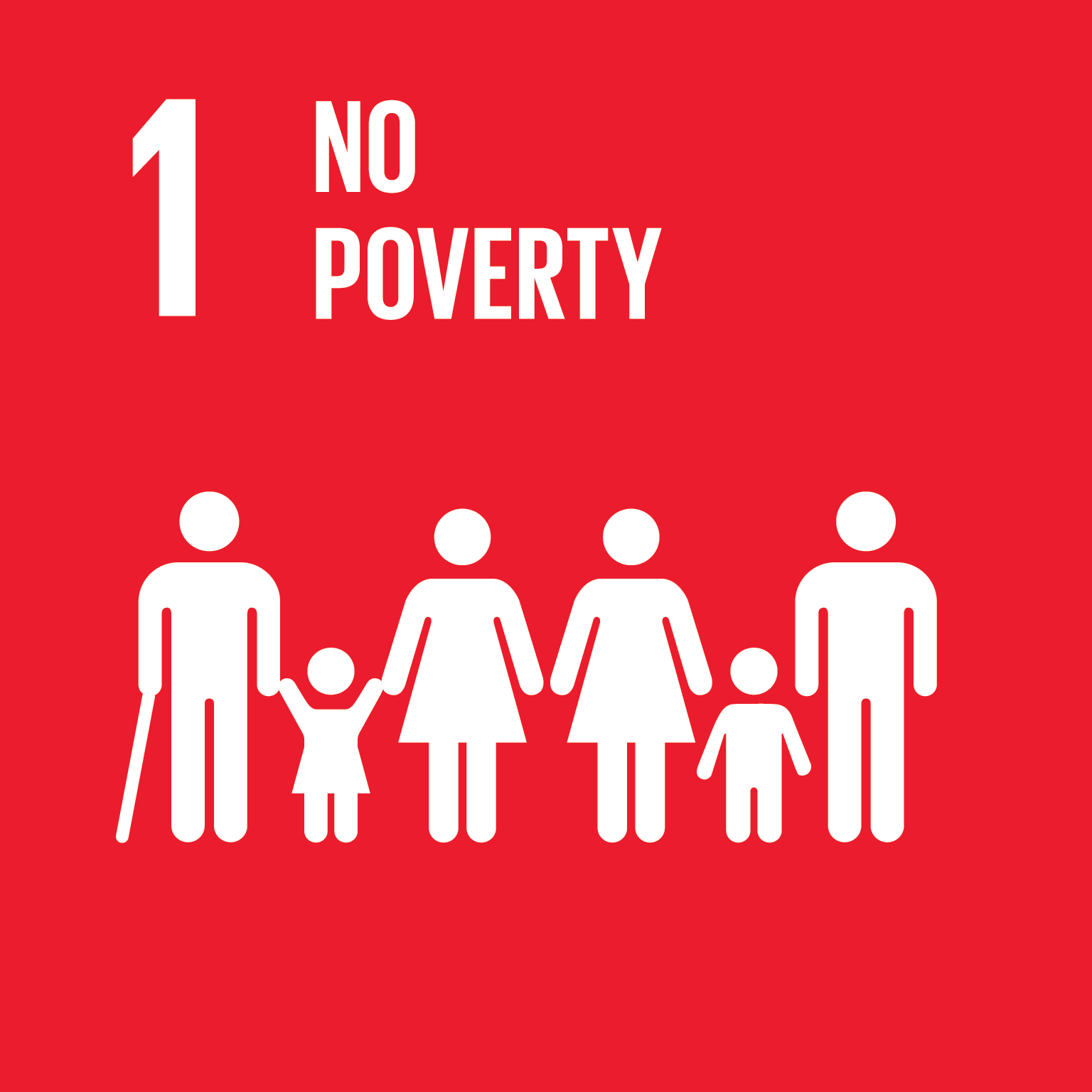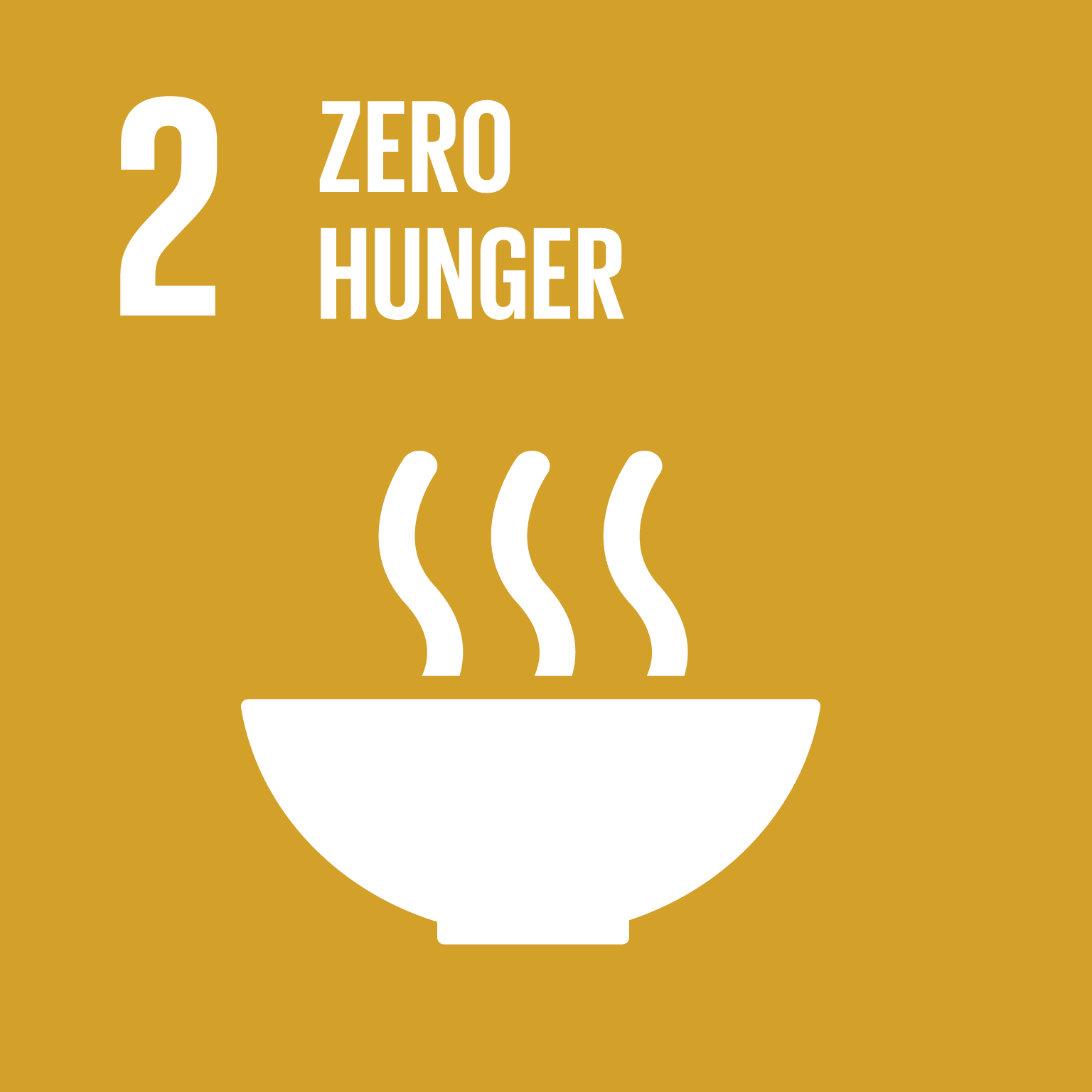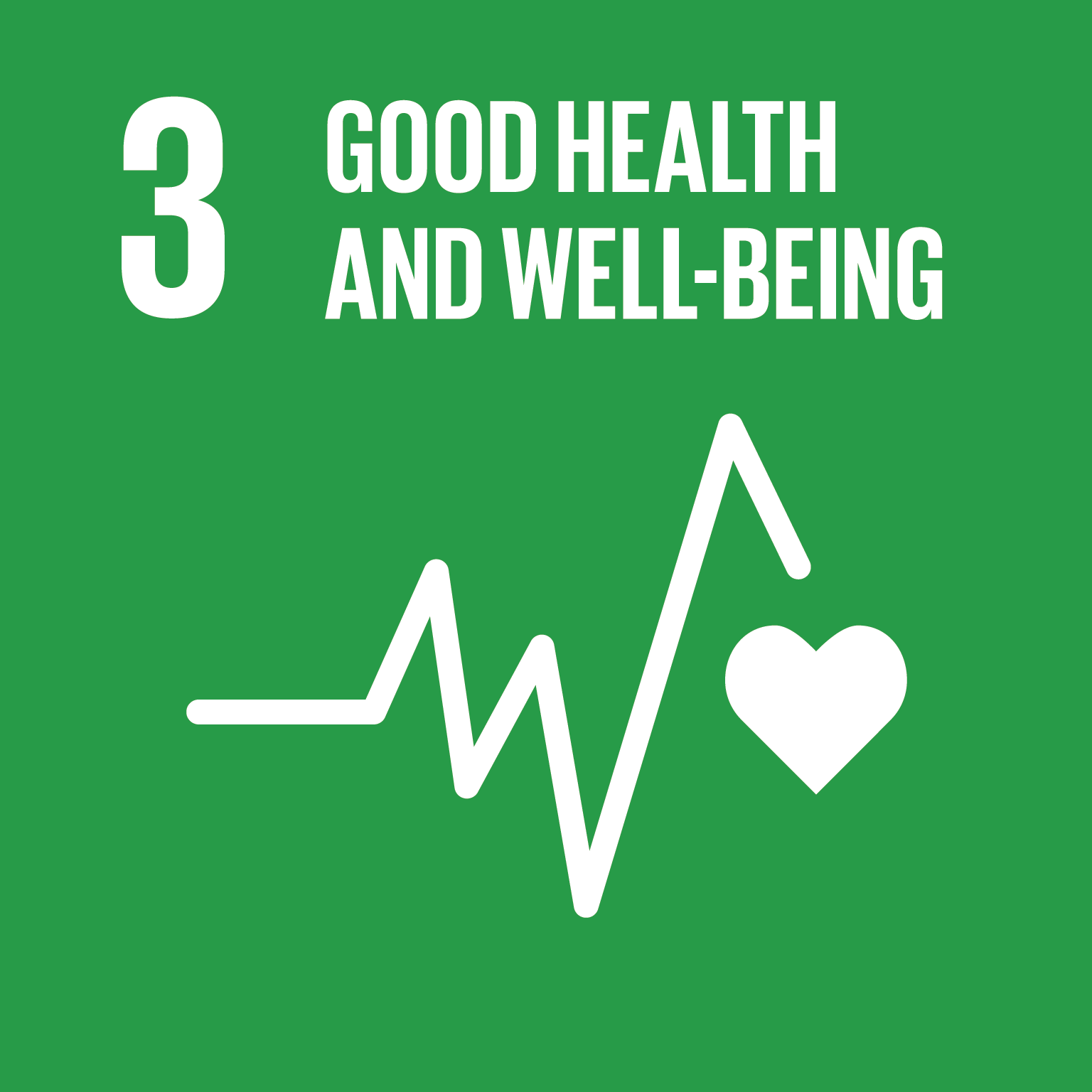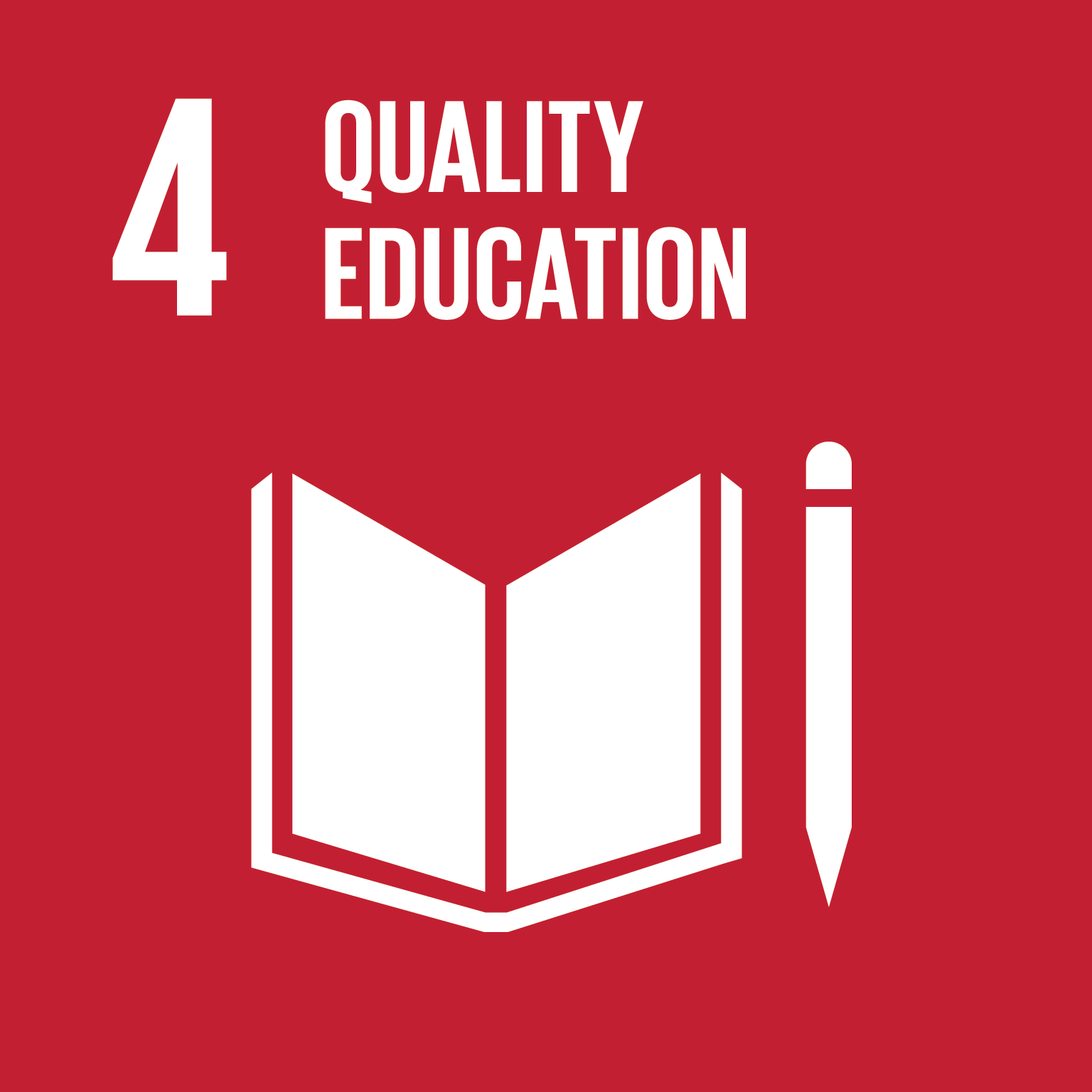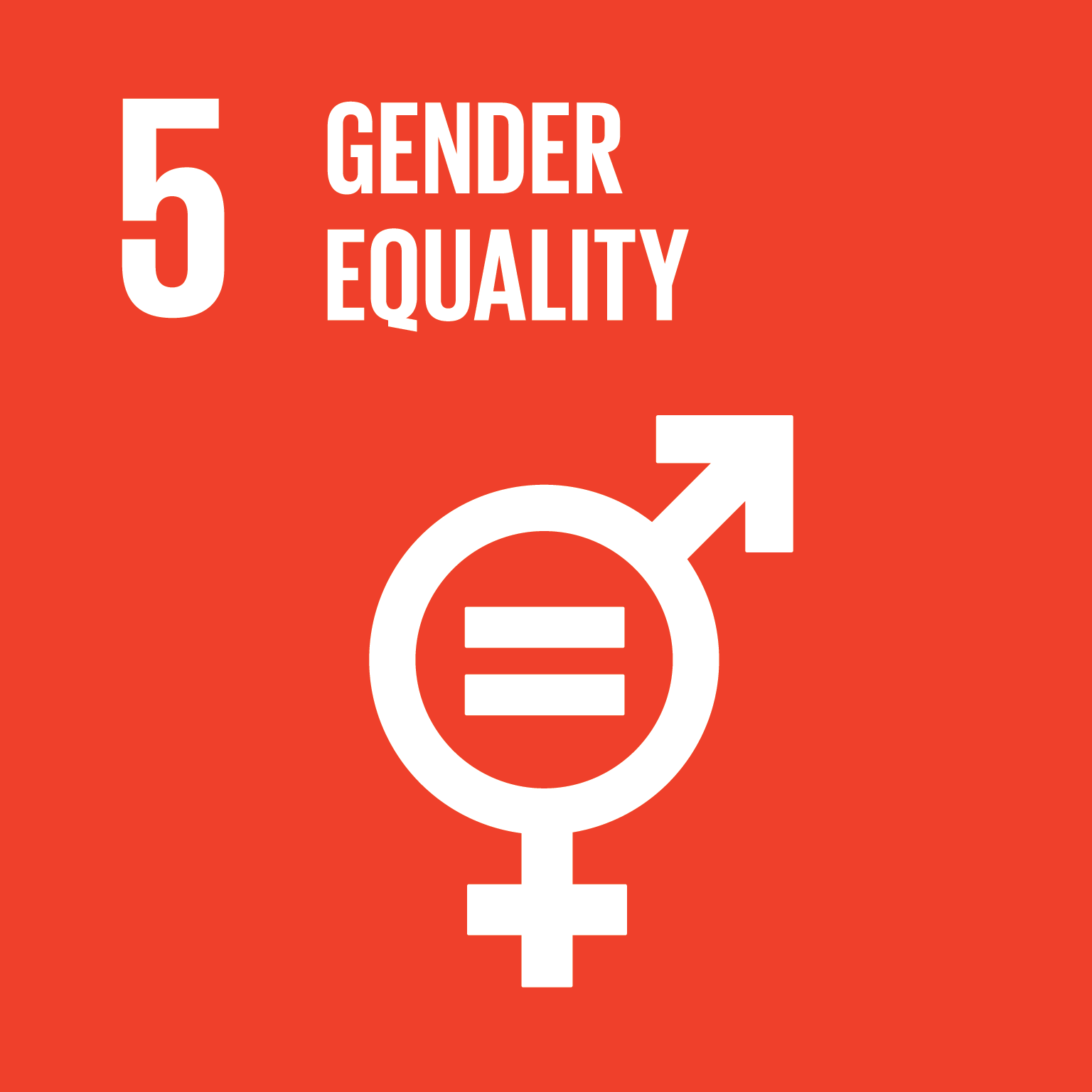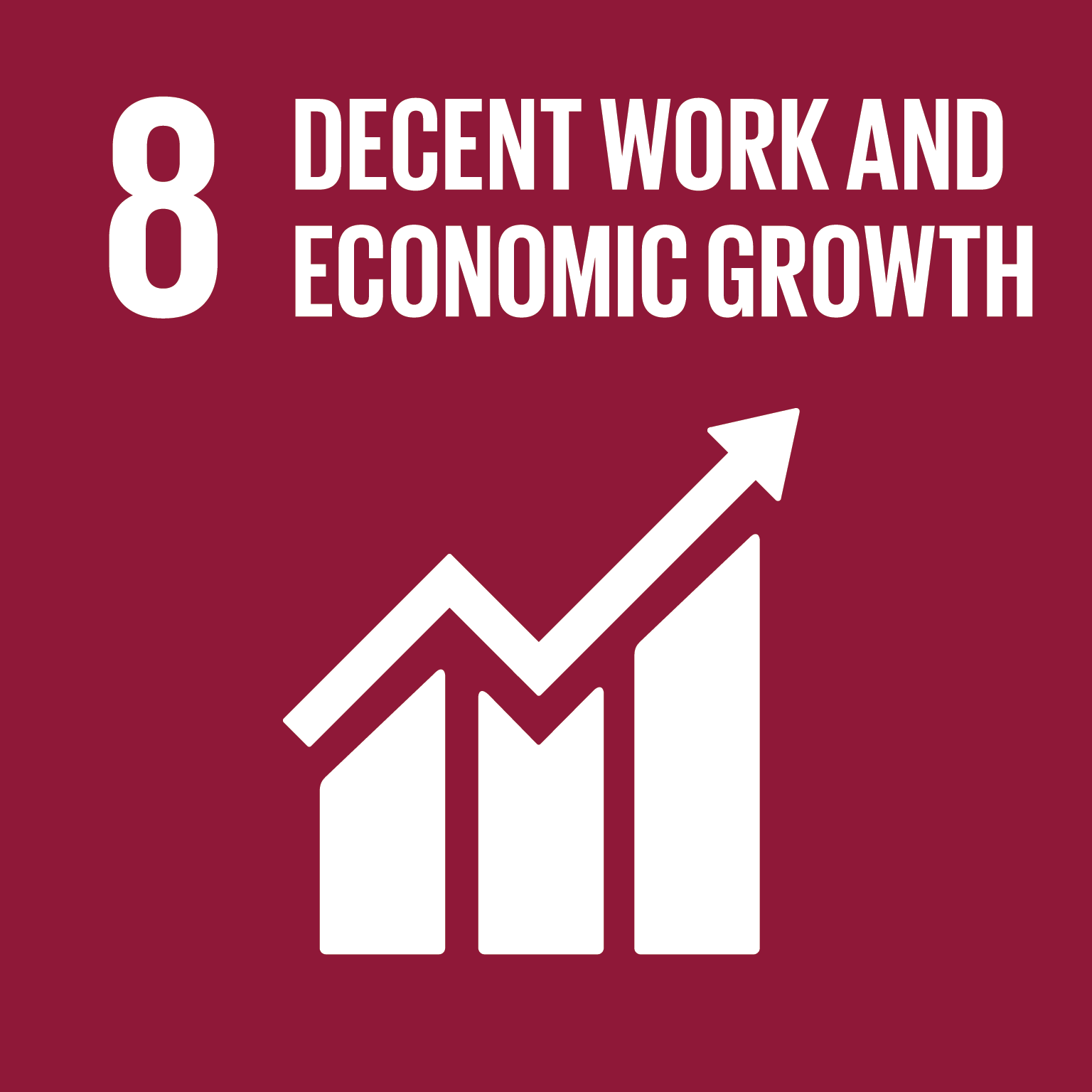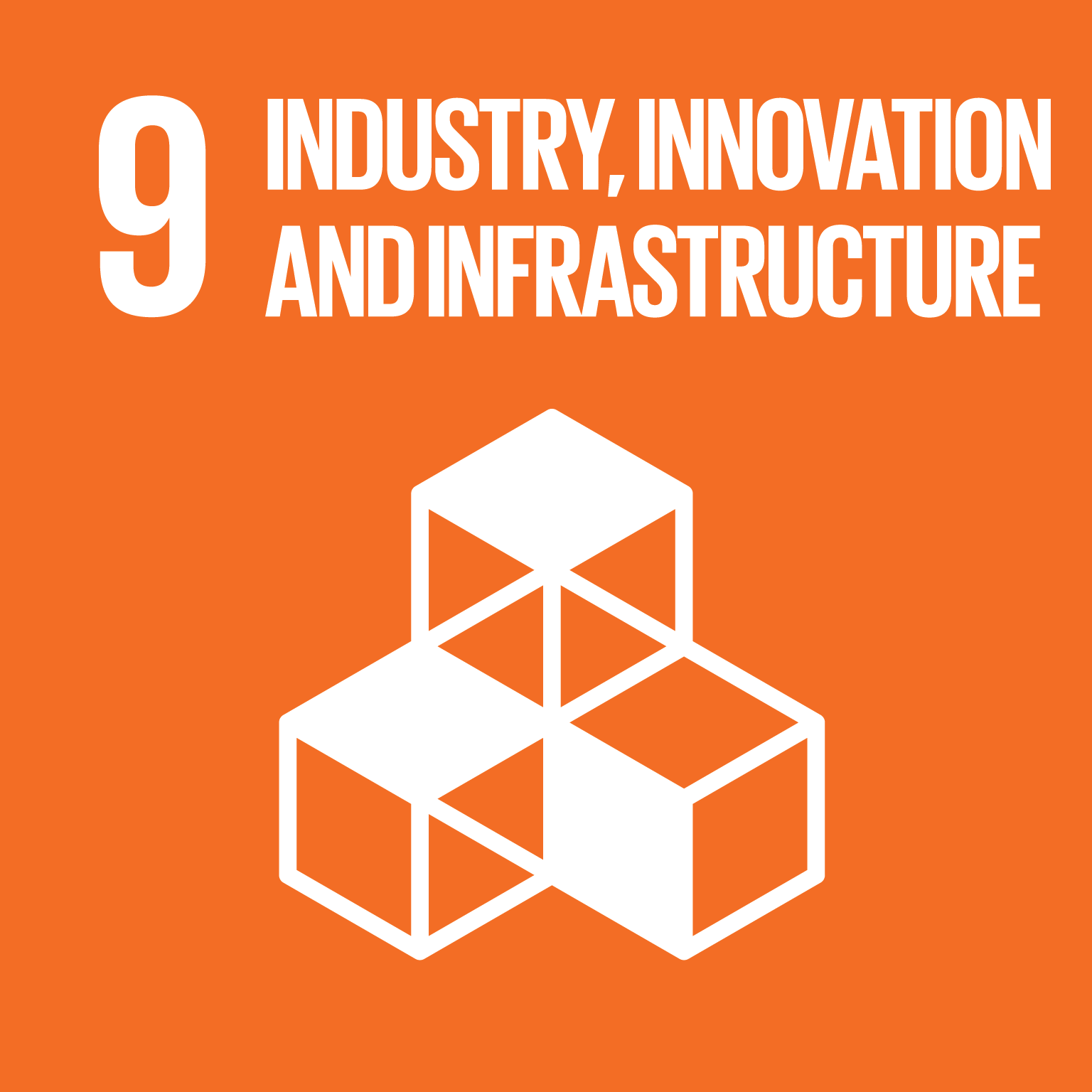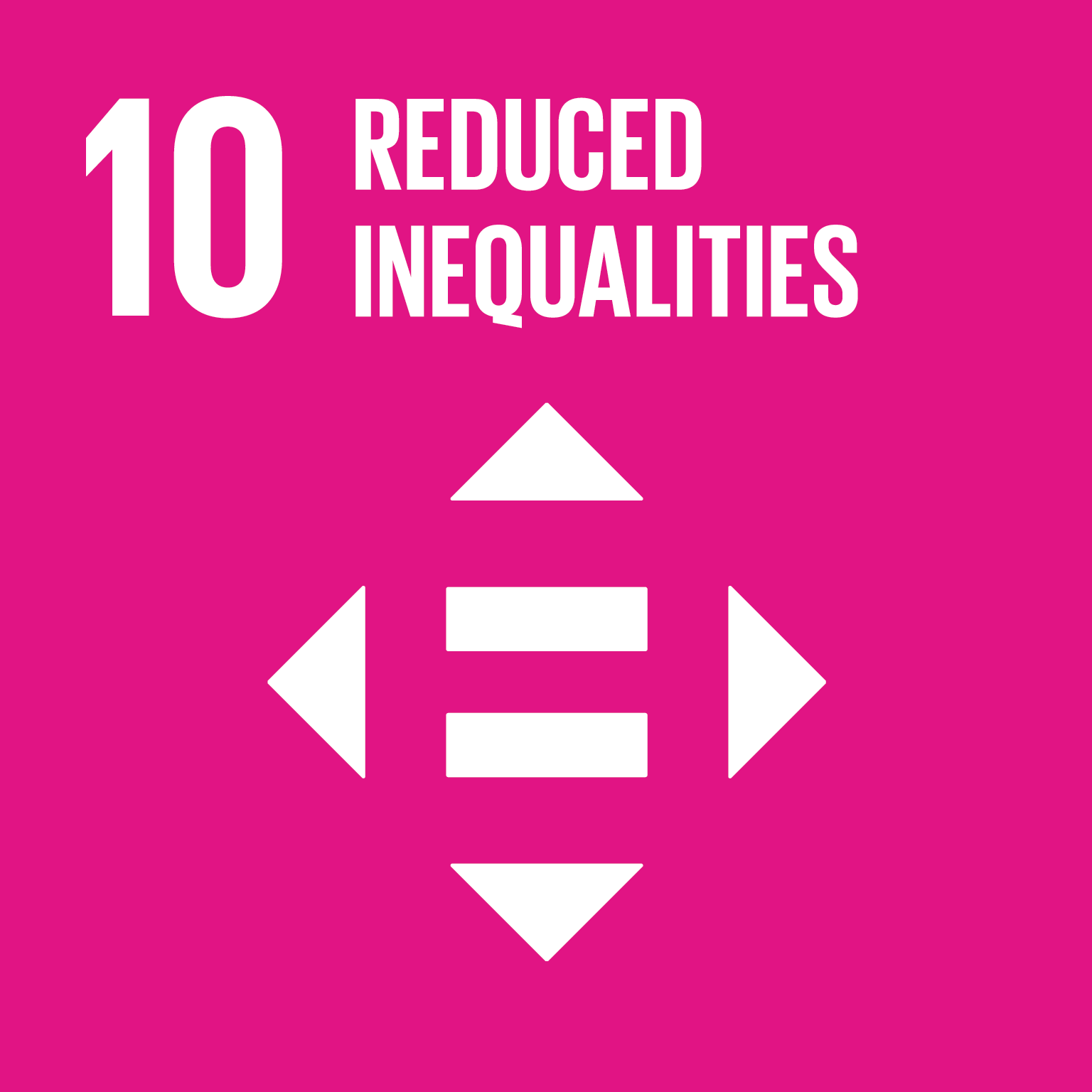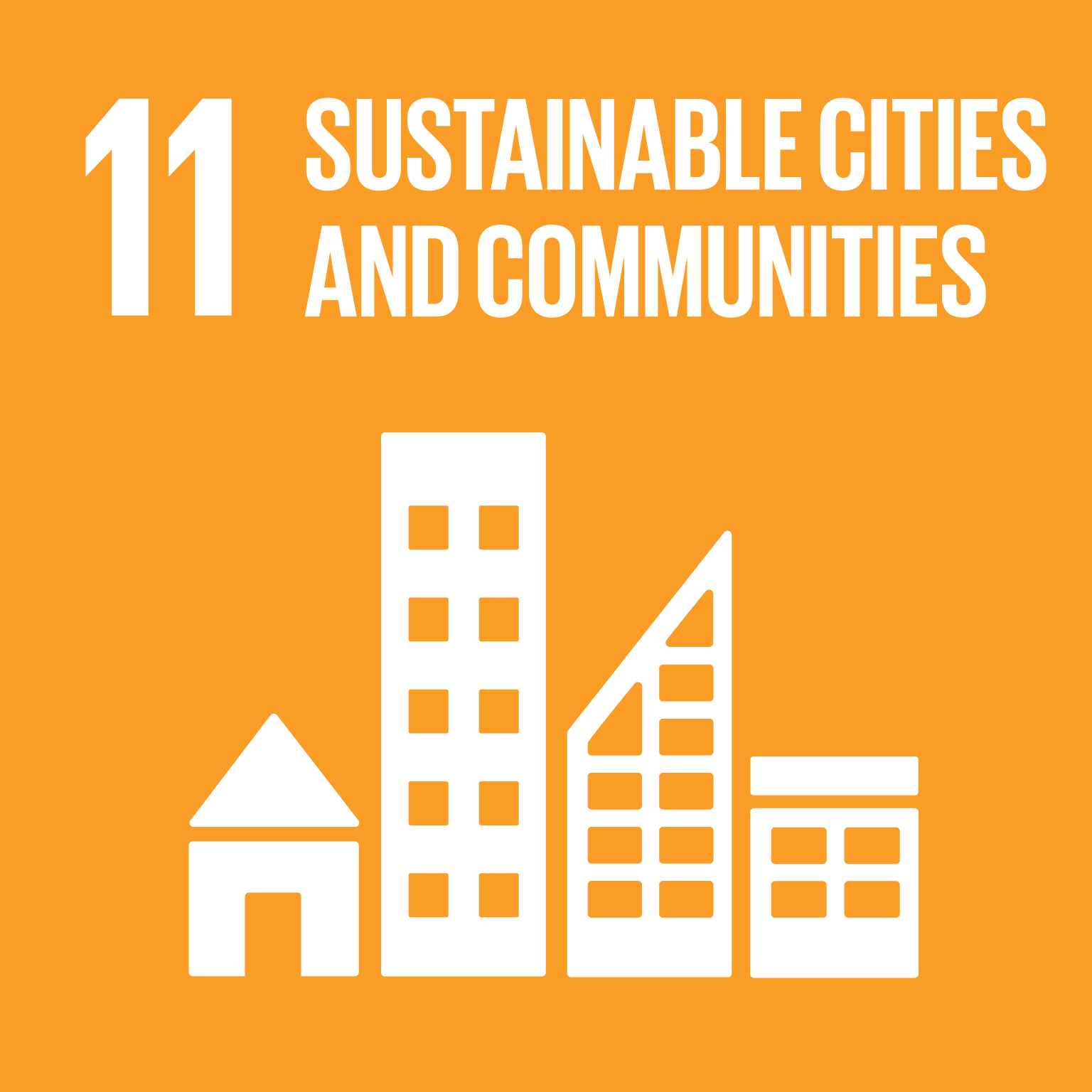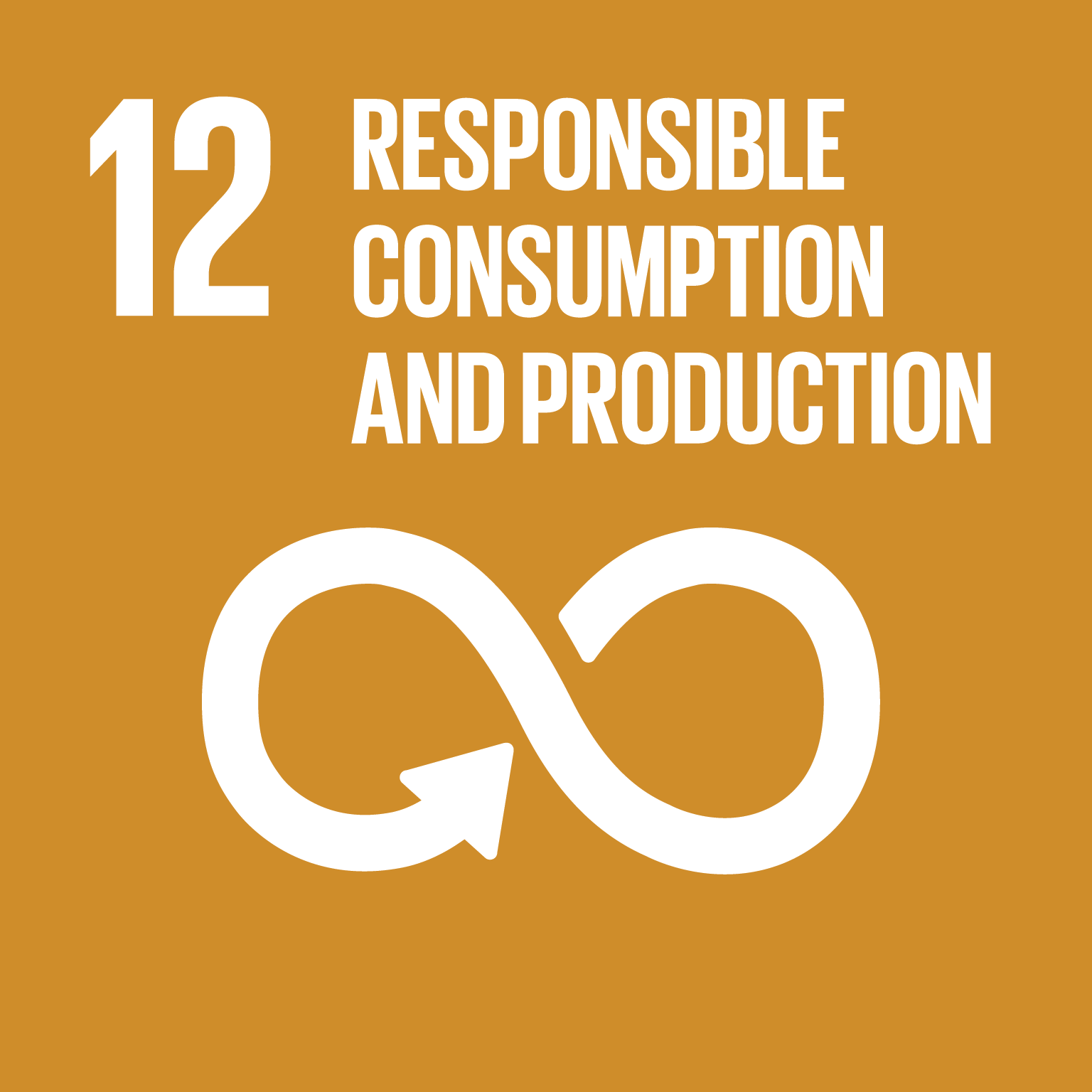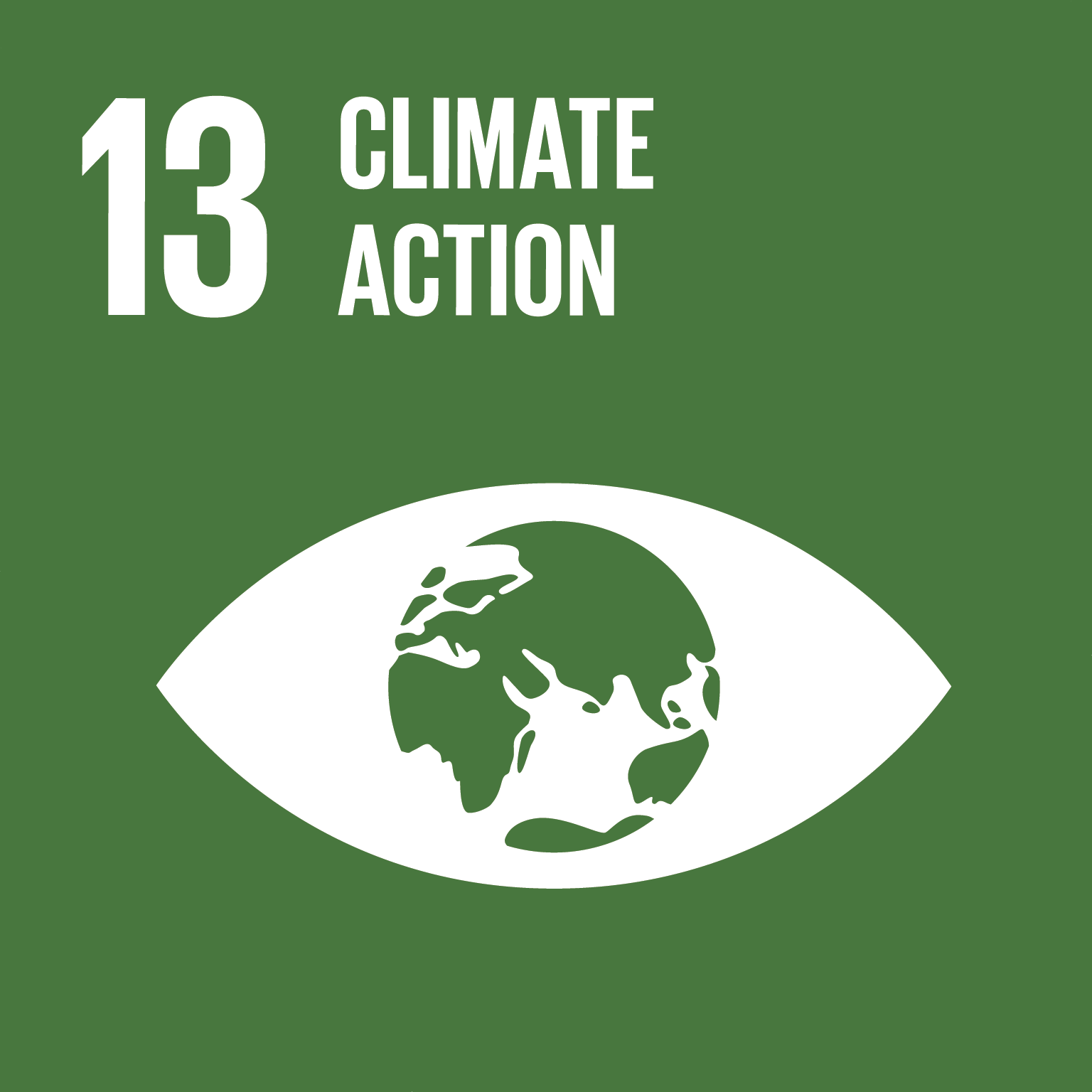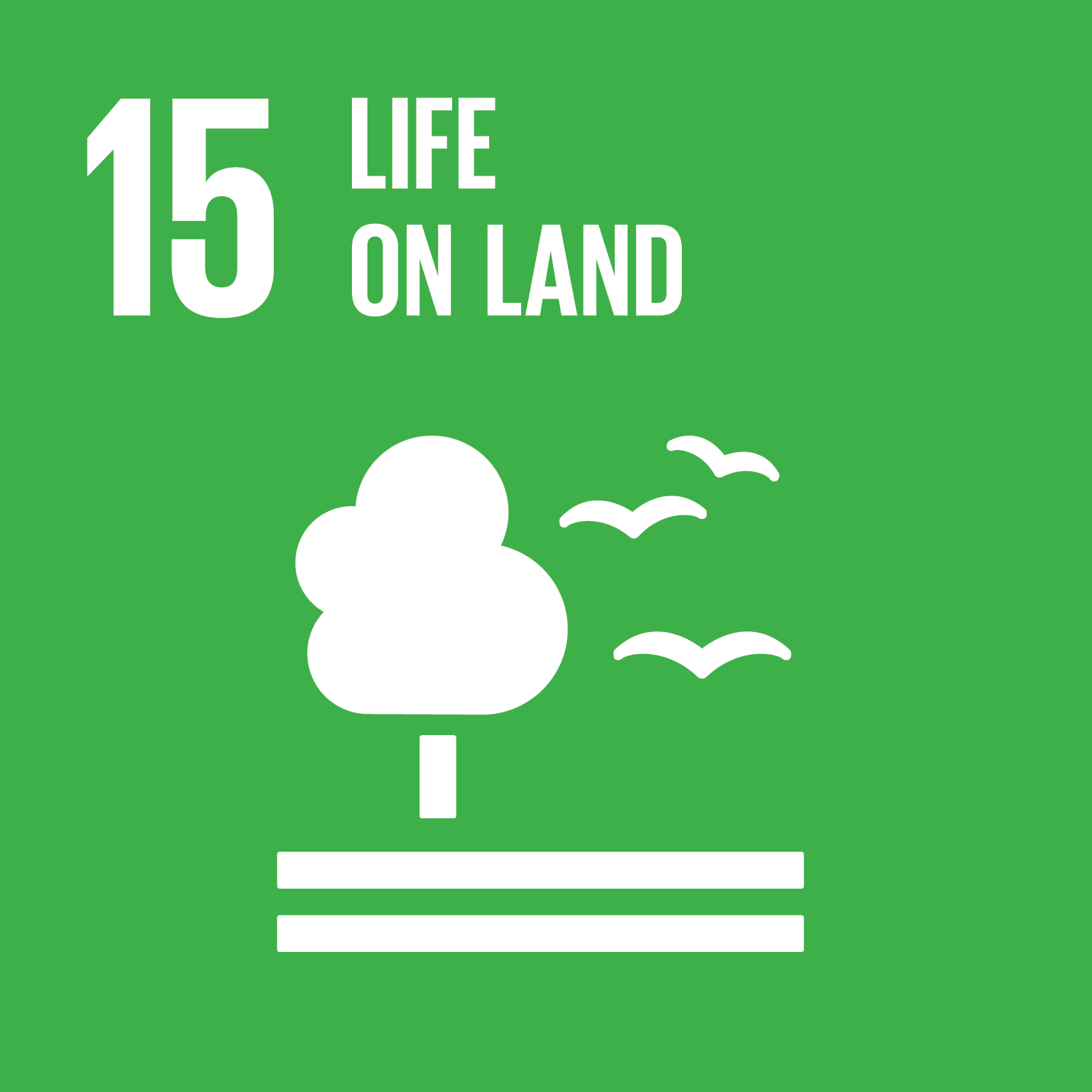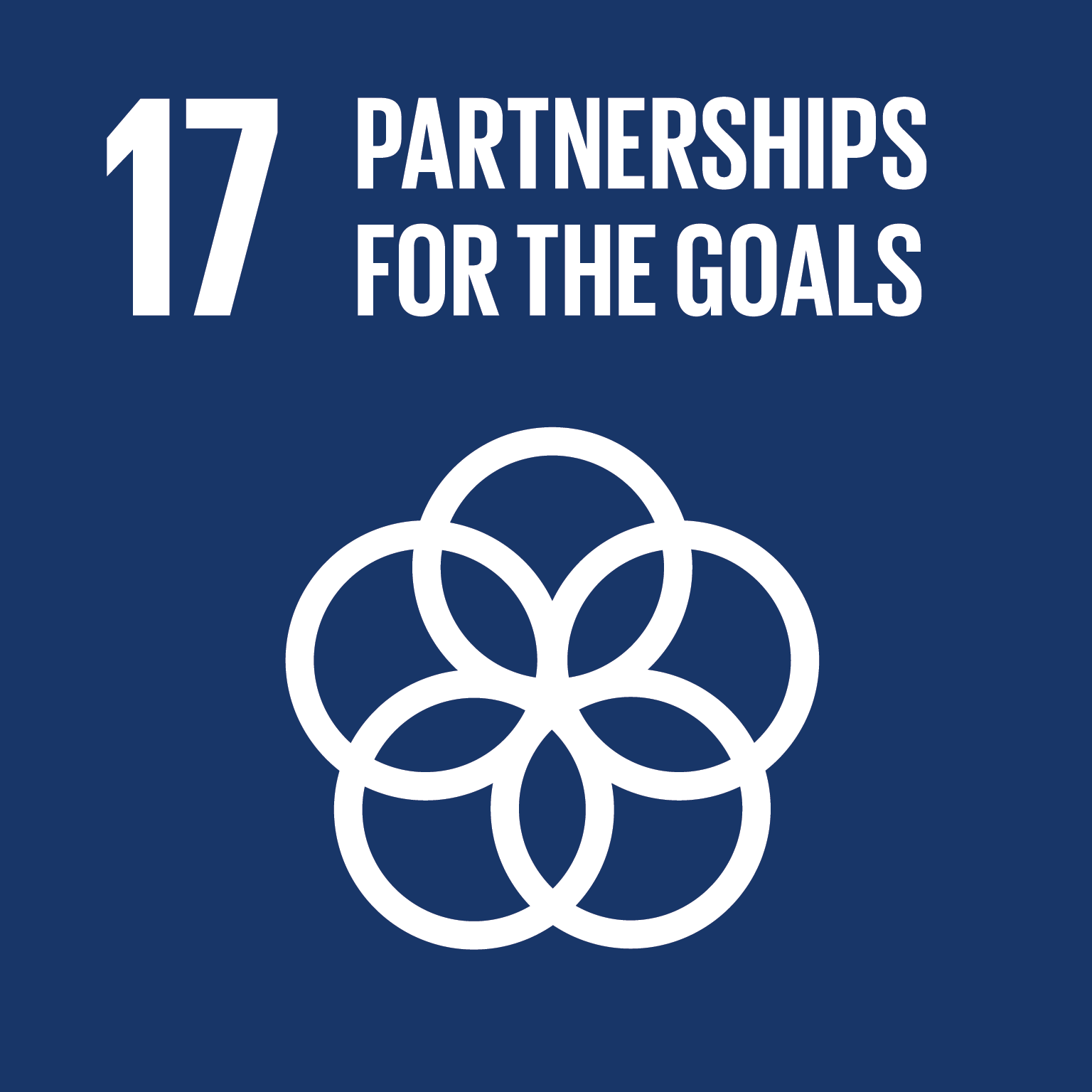Sustainable Development Goals - Overview
G2: Zero Hunger
End hunger, achieve food security and improved nutrition and promote sustainable agriculture
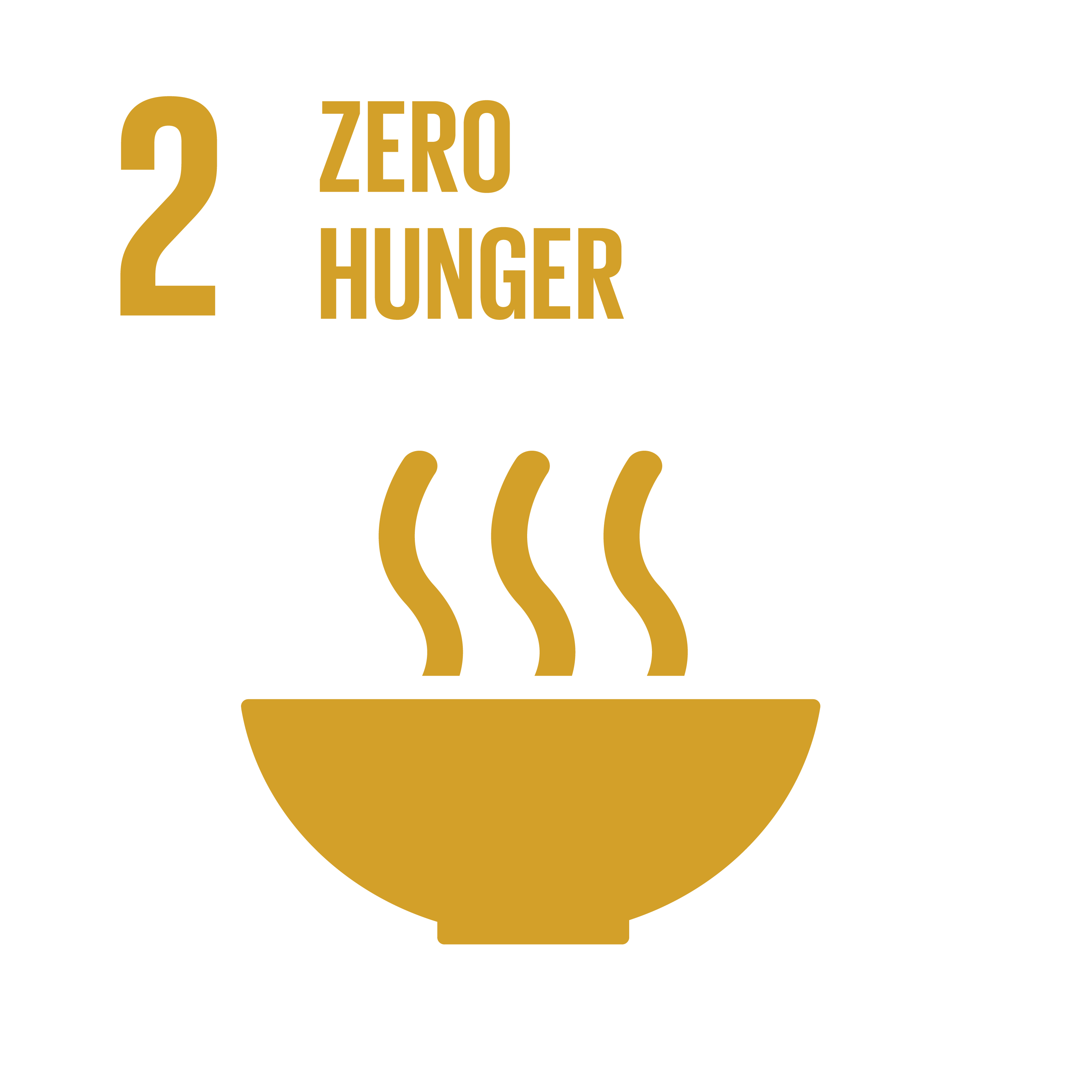
-
Target 2.1: By 2030, end hunger and ensure access by all people, in particular the poor and people in vulnerable situations, including infants, to safe, nutritious and sufficient food all year round Environmental
-
Indicator 2.1.1: Prevalence of undernourishment Environmental Social
-
Indicator 2.1.2: Prevalence of moderate or severe food insecurity in the population, based on the Food Insecurity Experience Scale (FIES) Environmental Social
-
-
Target 2.2: By 2030, end all forms of malnutrition, including achieving, by 2025, the internationally agreed targets on stunting and wasting in children under 5 years of age, and address the nutritional needs of adolescent girls, pregnant and lactating women and older persons Environmental
-
Indicator 2.2.1: Prevalence of stunting (height for age <-2 standard deviation from the median of the World Health Organization (WHO) Child Growth Standards) among children under 5 years of age Environmental Social
-
Indicator 2.2.2: Prevalence of malnutrition (weight for height >+2 or <-2 standard deviation from the median of the WHO Child Growth Standards) among children under 5 years of age, by type (wasting and overweight) Environmental Social
-
-
Target 2.3: By 2030, double the agricultural productivity and incomes of small-scale food producers, in particular women, indigenous peoples, family farmers, pastoralists and fishers, including through secure and equal access to land, other productive resources and inputs, knowledge, financial services, markets and opportunities for value addition and non-farm employment Economic
-
Indicator 2.3.1: Volume of production per labour unit by classes of farming/pastoral/forestry enterprise size Economic Environmental Social
-
Indicator 2.3.2: Average income of small-scale food producers, by sex and indigenous status Economic Environmental
-
-
Target 2.4: By 2030, ensure sustainable food production systems and implement resilient agricultural practices that increase productivity and production, that help maintain ecosystems, that strengthen capacity for adaptation to climate change, extreme weather, drought, flooding and other disasters and that progressively improve land and soil quality Economic Environmental Social
-
Indicator 2.4.1: Proportion of agricultural area under productive and sustainable agriculture Economic Social
-
-
Target 2.5: By 2020, maintain the genetic diversity of seeds, cultivated plants and farmed and domesticated animals and their related wild species, including through soundly managed and diversified seed and plant banks at the national, regional and international levels, and promote access to and fair and equitable sharing of benefits arising from the utilization of genetic resources and associated traditional knowledge, as internationally agreed Environmental
-
Indicator 2.5.1: Number of plant and animal genetic resources for food and agriculture secured in either medium or long-term conservation facilities Social
-
Indicator 2.5.2: Proportion of local breeds classified as being at risk, not-at-risk or at unknown level of risk of extinction Social
-
-
Target 2.a: Increase investment, including through enhanced international cooperation, in rural infrastructure, agricultural research and extension services, technology development and plant and livestock gene banks in order to enhance agricultural productive capacity in developing countries, in particular least developed countries Economic
-
Indicator 2.a.1: The agriculture orientation index for government expenditures Economic
-
Indicator 2.a.2: Total official flows (official development assistance plus other official flows) to the agriculture sector Economic
-
-
Target 2.b: Correct and prevent trade restrictions and distortions in world agricultural markets, including through the parallel elimination of all forms of agricultural export subsidies and all export measures with equivalent effect, in accordance with the mandate of the Doha Development Round Economic
-
Indicator 2.b.1: Agricultural export subsidies Economic Governmental
-
-
Target 2.c: Adopt measures to ensure the proper functioning of food commodity markets and their derivatives and facilitate timely access to market information, including on food reserves, in order to help limit extreme food price volatility Economic
-
Indicator 2.c.1: Indicator of food price anomalies Economic
-
Goals
-
Goal 1.1: Enhance inclusive, equitable and sustainable economic growth.
Weak Aspiration 1. Moonshot 1: Ev -
Goal 1.4: Increase Agricultural Production and Productivity.
Strong Aspiration 1. Moonshot 1: Ev -
Goal 6.2: Increase access to affordable and quality healthcare.
Strong Aspiration 6. Moonshot 6: Af
Targets
-
Target 1.1.7: Reduce the proportion of the population who suffer from hunger to at-most 5%.
Strong -
Target 1.4.1: Increase growth in agricultural yields by at least 4% per year.
Strong -
Target 1.4.2: Reduce agricultural food import to at most 40%.
Strong -
Target 1.6.2: At least 30% of farmers, pastoral and fisher households have improved their resilience capacity to climate shocks, other shocks and weather-related risks..
Strong -
Target 1.6.4: Increase land under forest cover by 10%.
Strong -
Target 6.1.9: Africa contributes at least 10% to the global scientific research output; at least 50% of the research output translates into innovation and production.
Weak -
Target 6.2.10: Eliminate all forms of malnutrition, focusing on Severe Acute Malnutrition (SAM) in children under five, adolescent girls, pregnant and lactating women.
Strong -
Target 6.3.4: All women have rights to own and inherit property, sign contracts, manage business, own a bank account and own land.
Strong
Indicators
-
Indicator 5: Prevalence of undernourishment.
Strong -
Indicator 14: Annual growth in agricultural yields (five major agricultural products).
Strong -
Indicator 18: Percentage of agricultural households that have effective measures to mitigate climate shocks.
Strong -
Indicator 66: Prevalence of severe acute malnutrition (SAM) in children 6 to 59 months of age.
Strong
Goals
-
Goal 1: Investing in people in least developed countries: eradicating poverty and building capacity to leave no one behind.
Strong Universal soci Achieving univ Achieving gend Population and Investing in y Water, sanitat Urbanization a Migration and Good and effec Building and s
Targets
-
Target 1.01.02: End hunger and malnutrition and ensure access by all people in LDCs, especially the poor and vulnerable, to safe and healthy diets through sustainable food systems..
Strong Strong -
Target 1.01.03: Provide food and emergency assistance everywhere to those in need..
Strong Strong -
Target 2.01.01: Substantially increase investment from all sources in research and development, as well as human and institutional capacity-building, for least developed countries within an international enabling environment..
Weak -
Target 2.02.01: Support the efforts of least developed countries to significantly improve their science, technology and innovation infrastructure and innovation capacities by 2031..
Weak -
Target 3.01.01: Generate quality employment opportunities for all and increase labour productivity by 50 per cent by 2031, with particular attention given to the integration of women, young people and those in vulnerable situations..
Weak Weak -
Target 4.06.01: Correct and prevent trade restrictions and distortions in world agricultural and cotton markets, including through the elimination of all forms of agricultural export subsidies and disciplines on all export measures with equivalent effect, consistent with the decision taken at the WTO Ministerial Conference held in Nairobi in 2015, with a view to achieving the long-term objective of substantial progressive reductions in support and protection of agricultural products..
Strong
Indicators
-
Indicator 1.01.02.01: Prevalence of undernourishment.
Strong -
Indicator 1.01.02.02: Prevalence of moderate or severe food insecurity in the population, based on the Food Insecurity Experience Scale (FIES).
Strong -
Indicator 1.01.03.01: Food development aid disbursement to LDCs (million USD).
Weak -
Indicator 4.06.01.01: Agricultural export subsidies.
Strong -
Indicator 4.06.01.02: Number of WTO members that have eliminated agricultural export subsidies and equivalent export measures, as per WTO Nairobi Decision.
Strong
Goals
-
Goal 1: Structural transformation and science, technology and innovation.
Strong -
Goal 4: Enhancing adaptive capacity, strengthening resilience and reducing vulnerability to climate change and disasters.
Strong
Targets
-
Target 1.01.01: Increase labour productivity and decent employment opportunities across all productive sectors of the landlocked developing countries, including manufacturing, services and agriculture, with a particular focus on women and youth, by 50 per cent by 2034..
Strong -
Target 1.01.03: Establish regional agriculture research hubs to support the efforts of landlocked developing countries in promoting sustainable agriculture sectors to be financed exclusively by voluntary contributions..
Strong Strong Weak -
Target 2.01.04: Address non‑tariff measures and reduce or eliminate arbitrary or unjustified non‑tariff barriers, that is, those that are not in conformity with the rules of the World Trade Organization..
Weak -
Target 2.02.04: Promote acceleration of full and effective implementation of the World Trade Organization Agreement on Trade Facilitation in all landlocked developing countries and transit countries..
Weak -
Target 4.06.01: Significantly enhance support to halt and reverse biodiversity loss in the landlocked developing countries, including through the implementation of the Kunming-Montreal Global Biodiversity Framework..
Strong
Indicators
- No alignments!

